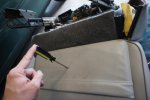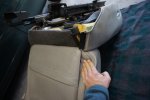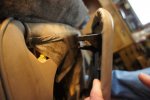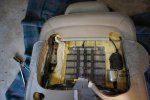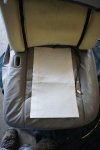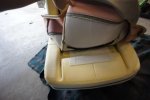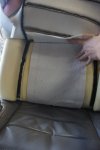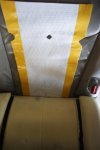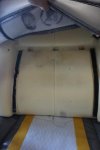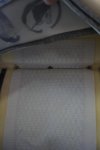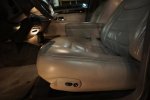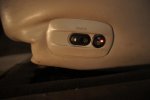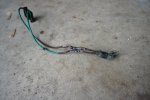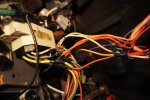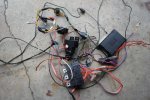tixer
Lincoln Evangelist
About a year ago, I decided to upgrade from the 1986 Town Car to a '99. Since this is the "winter car," and the new one has a leather interior, it didn't take me long to decide that heated seats were a necessity.
Oddly enough, although this car is the "Signature series - Touring Sedan" it came with neither heated seats, nor the keyless entry (keypad.)
I found a kit on Amazon for about $50 that allowed me to add heat to the seat and backrest of both seats. The price was right, so I ordered it up.
This is one half of the kit. (one seat.) Everything is of surprisingly high quality. The harnesses are all well made and pre-wired, connectors engage and disengage nicely, and my favorite part, the switches for the heat are round, to make mounting as simple as drilling a hole. It even came with extensions for the switches, and a separate fuse holder (with fuse) to wire in if required.
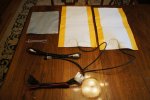
Now I present, the Victim:
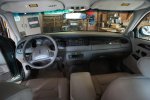
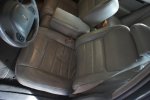
Removing the seats seemed to be the best bet for an easy install. I moved them to a position where the bolts were readily accessible, disconnected the wires, and removed the four bolts/nuts that secure the seat. You'll need a 13mm and 18mm socket for this. probably an extension or two and a breaker bar, depending upon how rusty those bolts are. Mine came out surprisingly easily. The two that secure the front of the seat go through from the top, but are exposed underneath the vehicle. The two at the rear of the seat are nuts, and should come off easily.
Here's what the underside of the seat looks like.
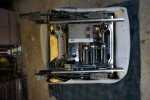
The leather is stitched onto some plastic "clips" that hook over the metal frame of the seat. They can be removed by prying gently from underneath.
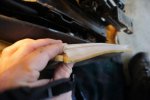
Oddly enough, although this car is the "Signature series - Touring Sedan" it came with neither heated seats, nor the keyless entry (keypad.)
I found a kit on Amazon for about $50 that allowed me to add heat to the seat and backrest of both seats. The price was right, so I ordered it up.
This is one half of the kit. (one seat.) Everything is of surprisingly high quality. The harnesses are all well made and pre-wired, connectors engage and disengage nicely, and my favorite part, the switches for the heat are round, to make mounting as simple as drilling a hole. It even came with extensions for the switches, and a separate fuse holder (with fuse) to wire in if required.

Now I present, the Victim:


Removing the seats seemed to be the best bet for an easy install. I moved them to a position where the bolts were readily accessible, disconnected the wires, and removed the four bolts/nuts that secure the seat. You'll need a 13mm and 18mm socket for this. probably an extension or two and a breaker bar, depending upon how rusty those bolts are. Mine came out surprisingly easily. The two that secure the front of the seat go through from the top, but are exposed underneath the vehicle. The two at the rear of the seat are nuts, and should come off easily.
Here's what the underside of the seat looks like.

The leather is stitched onto some plastic "clips" that hook over the metal frame of the seat. They can be removed by prying gently from underneath.


